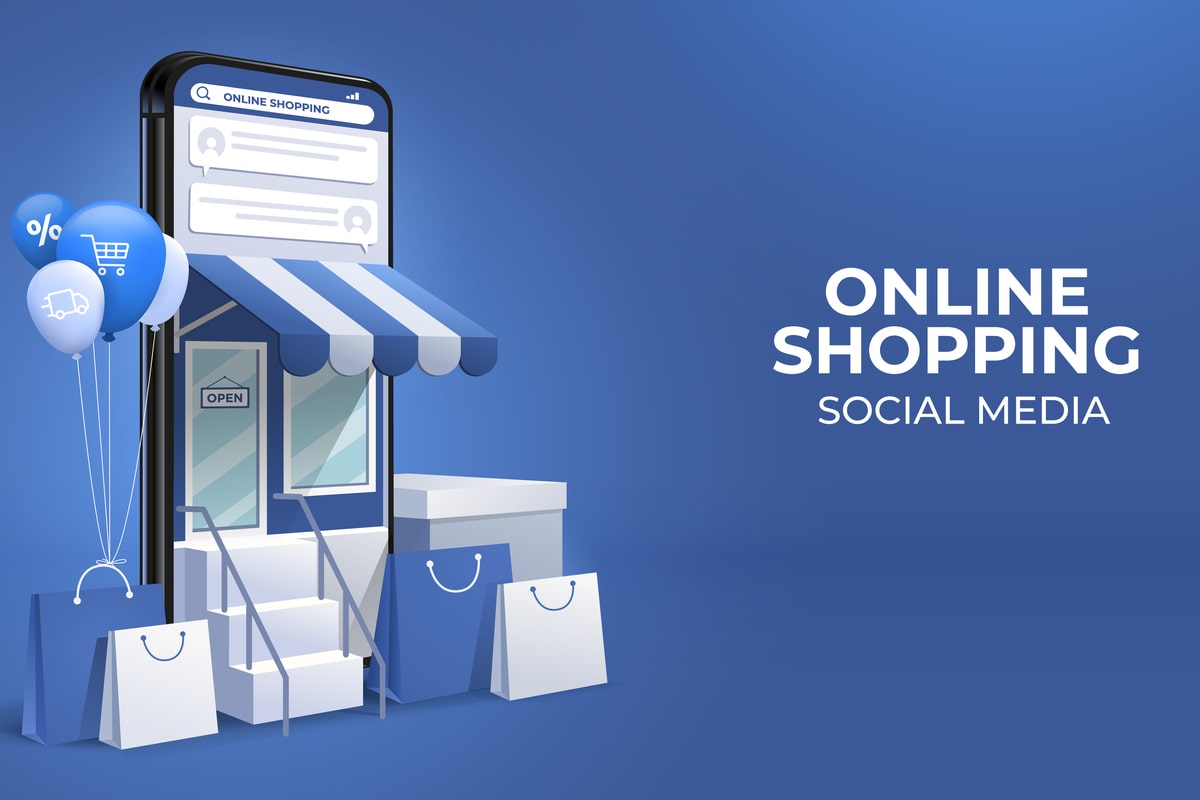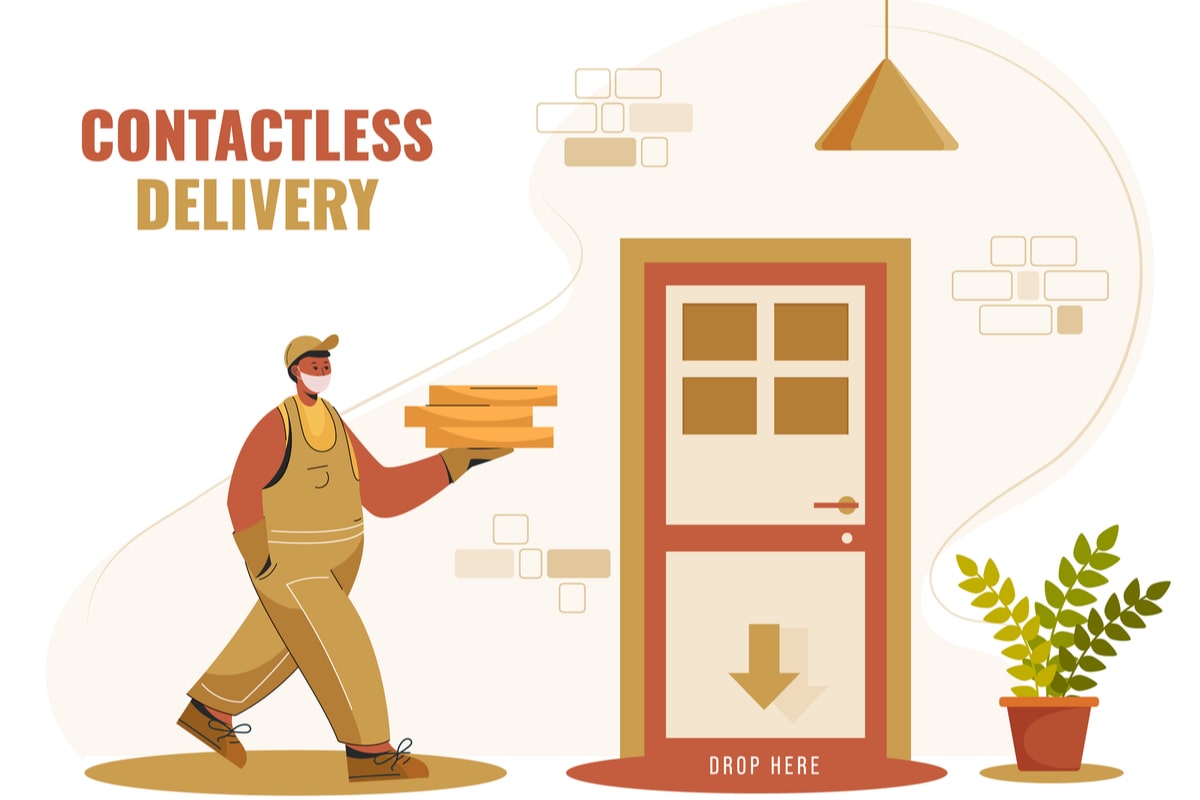Cancel your trip to Australia. If you want to see the world upside-down, here are 10 of the most remarkable online shopping statistics.
Retail E-Commerce Sales Poised for Record Year
More than 90% of consumers are doing more online shopping because of COVID-19. That trajectory will continue well into the decade. Experts say that U.S. retail e-commerce sales will grow 39% by 2024.
Even before the pandemic, we all expected a steady increase in online sales. Then, COVID forced retailers to up their e-commerce marketing strategy as fast as possible. Now experts expect this trend will continue well into the future.
Update Your Marketing Software
As your online customers surge, it’s time to adjust your business model. Chances are your website will continue to receive more and more traffic. You need to make money off that data, so we recommend making sure your lead distribution software is up-to-date so you can further monetize those customers by sending clicks to other buyers. Remember, when you can sell your clicks, you stand to make the most money possible.
Online B2B Sales Are Also Increasing
It’s not just consumers shopping more online. Businesses are also making more purchases over the internet, to the tune of 17% of all sales by 2023.
What does this mean for your business-to-business marketing strategy? At the very least, it’s time to optimize your online sales portal. You should make the shift even if your company focuses on in-person marketing.
Amazon is King
Okay, these online shopping statistics aren’t too crazy or surprising. Amazon is still number one, seeing its stocks score 76% in 2020. Those numbers are good enough to keep Jeff Bezos on top. Experts say Amazon will continue to enjoy sizable growth over the next several years.

Amazon is notorious for investing back into itself. That means 2020’s numbers will translate to more money for Amazon to try out different ventures. If they aren’t already disrupting your market, there is a good chance that will change in the next few years. The company is expected to move into verticals like pharma, small business lending, and insurance.
Keep an eye on the e-commerce juggernaut, and do what you need to know to keep ahold of your niche.
Mobile to Make Up Half of All Online Spending in 2021
It’s never been easier for consumers to shop through their mobile phones. And shop they will. Experts forecast that m-commerce will increase to 45% of all online sales in 2021, and it may become the preferred way to shop online within the next few years.
What’s driving mobile sales? Social media is a big part of it. Apps from Facebook, Pinterest, and Twitter now let consumers make purchases without leaving the platform. Another benefit is many shoppers have their credit cards stored on their phones (thanks to apps like Google Pay), making it easier to buy through a phone than a desktop.
It’s all kind of surprising. For years, many thought that m-commerce growth was limited due to mobile’s smaller screens. That doesn’t seem to be a problem anymore.
Sales Through Smart Home Devices to See 630% Growth by 2025
This prediction may not age well, but some experts think shopping through smart home devices is on the rise. Even if it doesn’t meet these lofty expectations, the market did see over $20 billion in sales in 2020.

Figuring out how to start an online store where you sell through smart home devices is still a bit tricky. Amazon tries to make things as easy as possible with its developer’s guide for voice sales. Amazon says the service can help you expand your reach, making it easier for customers to access your product.
If you are just getting started with voice sales through a smart device, start by building an experience that lets consumers experience your product in an exciting and fun way.
This market is still in its infancy. That means it’s big of a risk, but it also means that the market isn’t saturated yet. It could be a good time to jump in.
Almost All Shoppers Say Delivery Determines Brand Loyalty
A shocking 98% of shoppers say that delivery affects brand loyalty. And, 84% say they would probably not buy from online shopping sites again after suffering a bad delivery experience.

It’s never been more important to make sure your product gets to the customer on time and in great shape. How do you make sure this happens?
How to Ensure Great Product Shipping and Delivery
First, you need to know your options. Upwards of 95% of all e-commerce is delivered by FedEx, UPS, or USPS.
FedEx is the most popular thanks to quick shipping seven days a week. UPS scores top marks for its tracking feature and customer service. Customers trust UPS tracking more than anyone else. USPS is known for its volume-based discounts, and it’s been around the longest (since 1775, to be exact).
There are also smaller shipping companies that can sometimes beat the prices of the bigger guys. Sendle, for example, promises to charge less for smaller packages under 20 pounds. Plus, their shipping is 100% carbon neutral, which your customers may appreciate.
If you need international shipping, then a company like DHL Express specializing in this will probably be a safe bet.
After choosing a shipping company, you need to make sure your shipping software is up to the task. Look for a product that gets you exclusive discounts from the shippers mentioned above. Then, focus on ease of use.
Chatbots are a Major Sales Driver
More than 60% of consumers say they buy more from websites with a chatbot. A big part of this has to do with 76% of customers trusting chatbots for product recommendations. Consumers consider an on-site AI to be a kind of industry expert, and they buy more based on what the bot tells them.

If you don’t already have an e-commerce chatbot on your site, then it’s time to add one. Here are questions to consider when choosing one.
- How smart should I make my chatbot dialog? The stats above show that the customers already trust the chat experience. Don’t waste their good faith. You need to provide a decision tree that works. Get there by investing in advanced AI that guides your customer to a product that’s right for them.
- Which chatbot solution is right for me? Chatfuel is a popular option. It supports Facebook Messenger and includes dialog templates that make setup a breeze. The app can accept payments without making the customer leave the bot window, which may increase sales. It can also send data to your lead distribution or CRM solution and manage your retargeting campaigns. Other products include ML, chat logs, speech recognition, API fetching, user tagging, and more integration options.
- What if my sales drop after implementation? Chatbots aren’t right for everyone. If you see your numbers go down, you may need to pull the plug on this project.
There are other tools similar to chatbots that you should have on your site. Using web push notifications can help you retarget users without asking for an email or personal information.
The World’s Biggest Online Marketplace isn’t Amazon
The biggest marketplace worldwide is Taobao. The Chinese online shopping service has a gross merchandise value (GMV) of over $500 billion per year. Amazon has never cracked $500 billion. It came its closest in 2020 but still hasn’t reached that mark.
The Chinese online shopping website is owned by Alibaba, a multinational technology company founded in 2003. Alibaba’s transaction volume is greater than all of the U.S. e-commerce sites combined.
Almost Half of The Online Shoppers Say Facebook is a Driving Force Behind What They Buy
Facebook has a major impact on what 47% of shoppers buy online. If you aren’t already advertising on the social media platform, it may be time to get started.
As we pointed out earlier, Facebook lets shoppers purchase through its platform. That means the “buy” button is actually on Facebook, which is important because the conversion rate usually increases when they are fewer steps.

Tips for Selling on Facebook
- It’s best to pair Facebook advertising with a far-reaching social media strategy. One reason for this is that you will naturally grow your follower count as you advertise. These followers will be more likely to come back and convert again if you’re consistently posting.
- Facebook has some of the best filtering options out there, giving you the power to put your product in front of customers most likely to buy. For this to work, though, you need to have a solid understanding of your customer’s interests.
- Facebook has lots of rules. For example, they don’t let you put a lot of text in your visuals. They also make you use two-factor authorization. You need to follow the rules if you don’t want to be kicked off the platform.
- Visuals that look real perform better than polished shots. E.g., a video of a real customer describing why they love your product.
E-Commerce Dropped As the Pandemic Progressed
The Census Bureau’s Quarterly Retail E-Commerce Sales report shows that online shopping decreased during the third quarter of 2020. Those numbers should rebound over the next several years, but online retailers need to note that higher sales may not be the new norm in the short term.

Most of the online shopping statistics above can help you get more from your online sales. But, remember that these numbers can change in a heartbeat. If there’s one thing the pandemic taught us is that we should expect the unexpected.
Interesting E-Commerce Trivia
While researching online shopping statistics for this article, we stumbled on some other facts that we thought were pretty interesting. Here’s some trivia about online shopping that you may not have heard before:
- E-commerce started back in 1979 when Michael Aldrich invented online shopping. He connected a phone line to the television, making it possible to order products through your TV.
- It took Amazon eight years to start turning a profit.
- North Dakota residents use the internet less than almost every other state in the U.S. Yet, they are known to spend the most money online in relation to their income. In case you’re curious, the states that use the internet the most are Oregon, New Jersey, and Texas.
- Pizza Hut first offered online ordering back in 1994, becoming the first chain to provide this service.
- U.S. consumers spend two hours a day shopping online at work.
Final Thoughts About Online Shopping in the New Year
We’re already one month through 2021. The online shopping statistics in this article have already changed. Still, one thing is clear. Online shopping will continue to get more popular. We hope you can get your e-commerce marketing strategy in a good place sooner rather than later.


